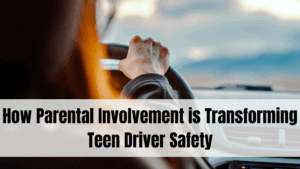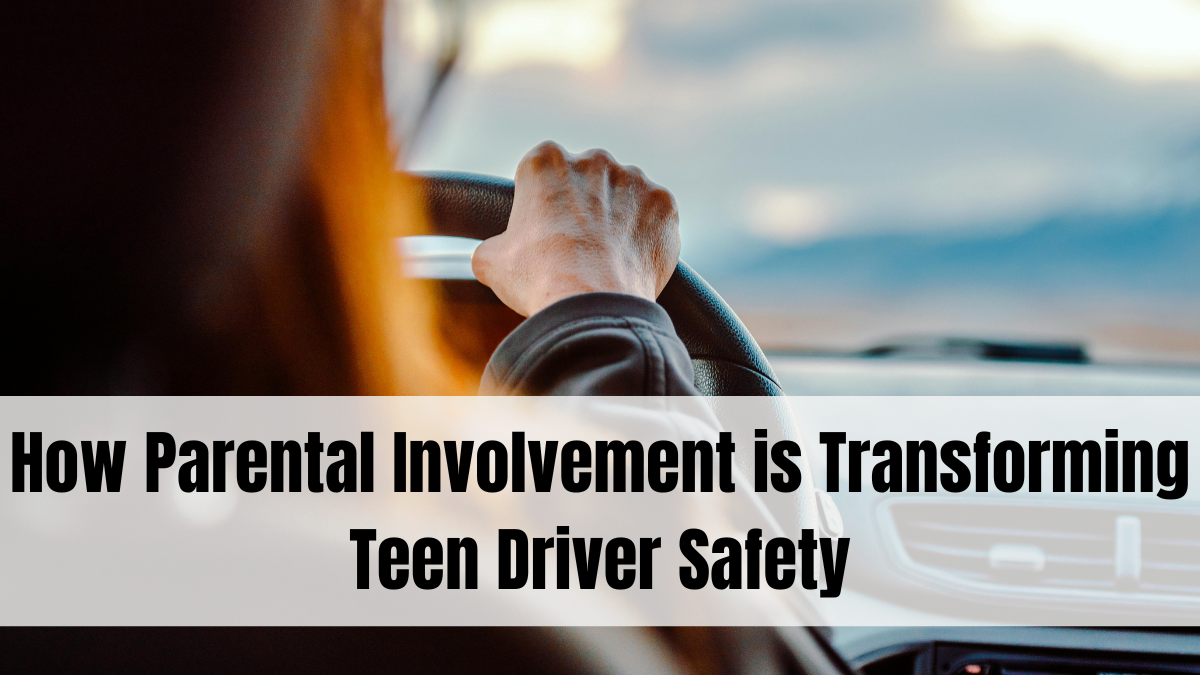When it comes to teaching teens how to drive, instructors and simulators can only go so far. The most critical influence often comes from inside the car — not in the passenger seat of a driving school, but from parents. In 2025, parental driver education programs are becoming a vital part of shaping safer, more responsible teen drivers.
Across the UK, US, and other countries, schools and governments are integrating structured parent involvement into driver training curriculums. These programs aren’t just advisory in nature — they come with guided practice plans, progress-tracking tools, and evidence-backed strategies to significantly reduce accident rates among young drivers.

Why Parents Matter More Than Ever
Research shows that teens who practice driving with involved, well-prepared parents perform better on licensing exams and face fewer accidents in their first years of driving.
Benefits of parental involvement include:
-
Longer and more consistent behind-the-wheel practice
-
Real-time feedback based on trust and comfort
-
Better reinforcement of rules and road ethics
-
Development of patience and emotional control in stressful traffic scenarios
Because teens spend significantly more practice hours with parents than instructors, parental driver education programs are key to improving long-term driving behavior.
Structured Practice Plans and Coaching Guides
Modern programs no longer leave parents to “figure it out.” Schools and driver education providers now offer:
-
Step-by-step coaching manuals for parents
-
Practice drive plans aligned with GDL (Graduated Driver Licensing) phases
-
Logbooks and mobile apps to track supervised driving hours
-
Suggested communication techniques to minimize tension during drives
These resources empower parents to guide practice sessions efficiently and safely.
Technology-Driven Support for Parents and Teens
To make things easier and more accurate, many programs now use technology to support parental involvement. Some popular tools include:
-
GPS-based apps that log drive times and monitor speed, braking, and cornering
-
Digital dashboards showing practice milestones and skill gaps
-
Interactive videos that teach both parents and teens about safe driving
-
Alerts for night driving, curfew violations, or distracted driving incidents
These tools ensure parents play a proactive role while being supported by real-time insights and reminders.
Integration with GDL and School Programs
Parental driver education programs are now embedded into the structure of formal training. In many regions:
-
GDL compliance requires documentation of parent-supervised hours
-
Schools offer orientation seminars for parents at the start of driver’s ed
-
Driving instructors partner with parents to reinforce lessons consistently
-
Some insurance companies offer premium discounts for participation in certified parent-teen programs
This alignment makes it easier for families to follow structured learning paths and for teens to internalize habits like seatbelt use, speed awareness, and road courtesy.
Long-Term Impact on Teen Driver Safety
The long-term impact of parental involvement is measurable. Studies indicate:
-
50% reduction in crash risk for teens with structured parental support
-
Higher pass rates in driving tests
-
Improved confidence in high-pressure driving environments
-
Reduced incidents of texting or phone use while driving
These outcomes show that parental driver education programs are more than supportive—they’re essential to building safe drivers from day one.
FAQs
What are parental driver education programs?
They are structured programs that guide parents on how to support and coach their teens through the process of learning to drive safely and responsibly.
How do these programs work?
They provide lesson plans, practice logs, digital apps, and communication tips to help parents supervise driving practice effectively.
Are these programs required by law?
In some regions, participation is encouraged or mandated as part of GDL compliance, especially for teen drivers under a certain age.
What are the benefits for teen drivers?
Teens who train with involved parents show better road judgment, fewer accidents, and more confidence during independent driving.
Do these programs offer any tech tools?
Yes, many programs offer mobile apps, GPS tracking, video training, and real-time driving behavior analysis for both parents and teens.
Click here to know more.
